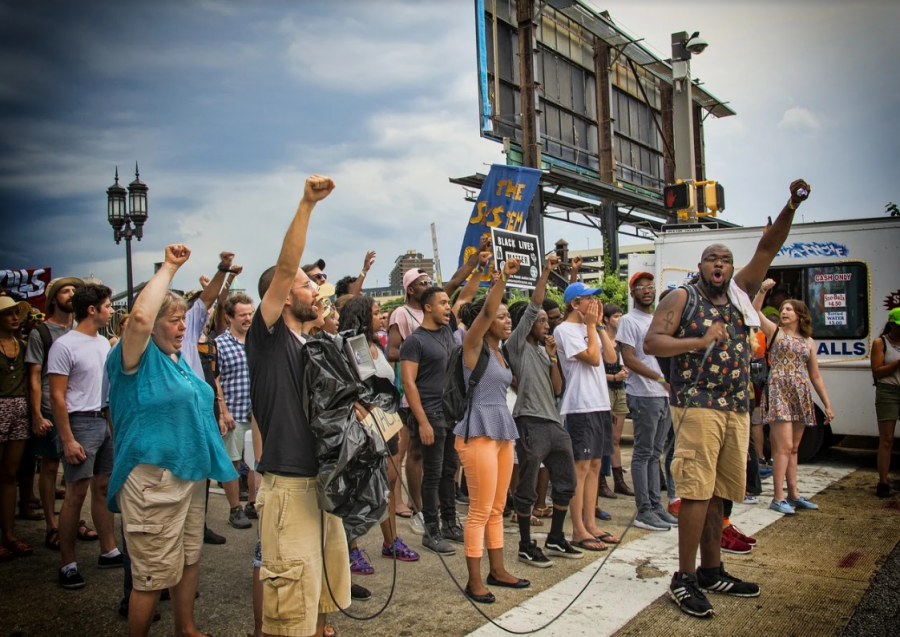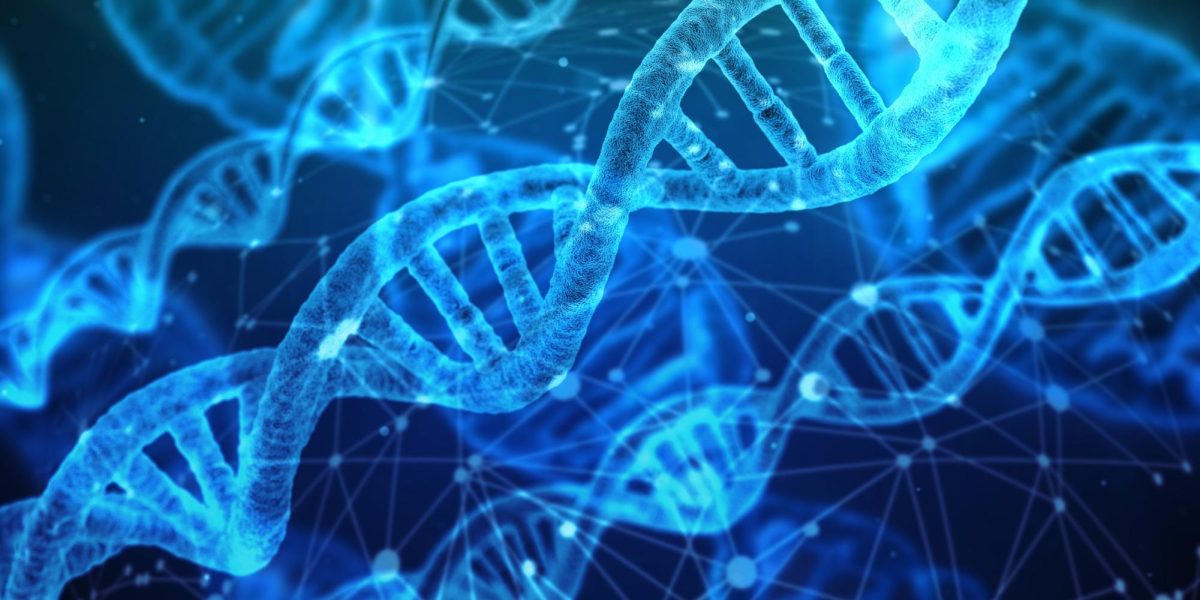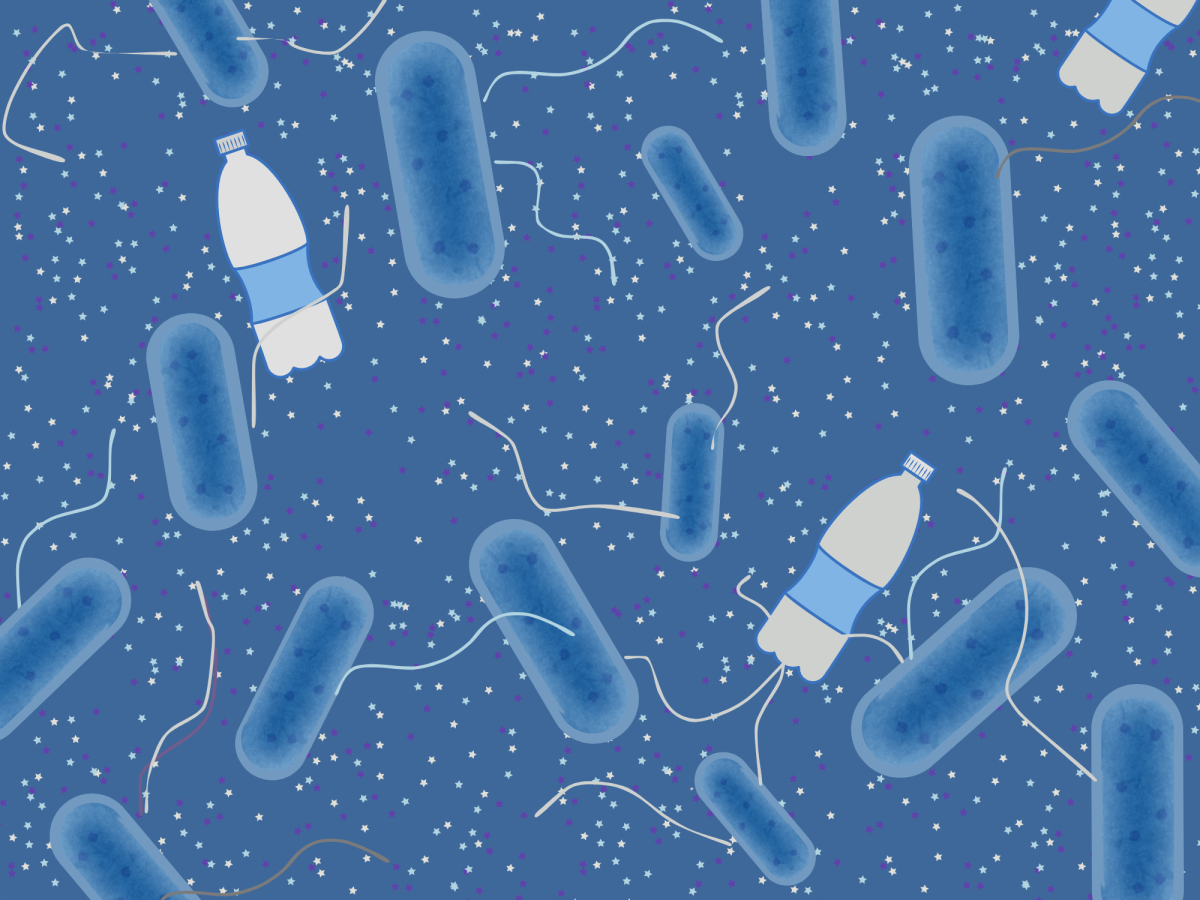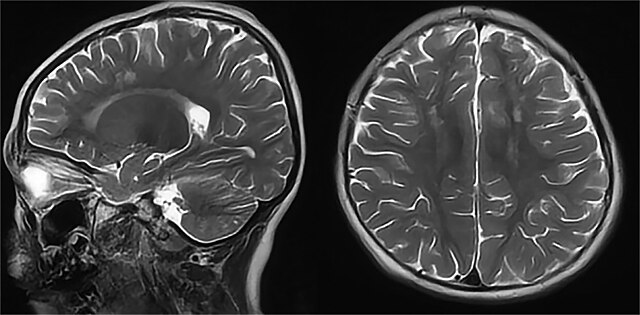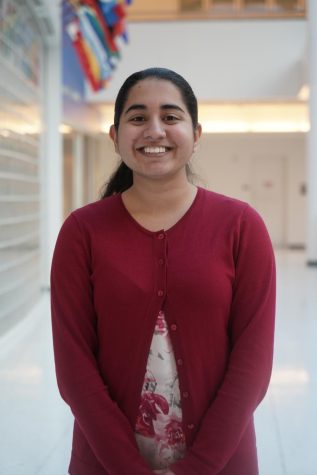Two viruses plague the United States: racism and the coronavirus. Recently, nationwide protests broke out with demonstrators fighting for racial equality and against police brutality. Although the number of coronavirus cases is dwindling in New York, many state officials are concerned about the protests creating a potential spike in case numbers.
The protests started at a time when New York City was just beginning to enter phase one of the reopening plan. Nine state regions have already opened, including Long Island, Albany, Central New York and the Finger Lakes. Gov. Andrew Cuomo, was reluctant to open New York City prior to June 8 due to the staggering number of cases in the five boroughs for weeks and the lack of total hospital beds available.
Many businesses have already resumed daily operations and more will join the city’s reopening on June 8. Still, precautionary social distancing requirements are in place, such as gatherings being limited to ten people.
With the ongoing protests, however, that rule is being violated. Streets are filled with hundreds of people in proximity, yelling phrases like George Floyd’s haunting last words, “I can’t breathe.”
The coronavirus spreads through respiratory droplets that are expelled from the mouth or nose when a person coughs, talks or sneezes. These droplets can land in the mouths or noses of people who are nearby or possibly be inhaled into the lungs, according to the Center for Disease Control. In a situation like a protest where people are close to each other and shouting, these droplets can spread further and infect more people.
Though statistics have shown younger people are at a lower risk of life-threatening symptoms of COVID-19, statistics have also revealed that minority communities have been harder hit by the viruswithin the United States. Hospitalizations and death rates have been significantly higher for African Americans and Latinos in comparison to white people. In fact, the death rate for white people is 10.2 per 100,000, while the rate for African Americans is 19.8 per 100,000, according to the New York City Department of Health and Mental Hygiene.
Thus far, police officers have used tear gas to disperse crowds. The chemical compounds that make up tear gas affect the respiratory system, which in turn can cause irritation to the face, lungs and skin. As a result, the gas causes its victims to cough or sneeze, spreading respiratory droplets that could contain the virus.
The same effects can be seen for when officers use pepper spray. Oil based pepper sprays commonly make protesters cry, resulting in the spread of droplets. It is noteworthy that masks are a weak barrier to the spread of droplets, especially in mass numbers, and that holding hands could also spread the contagion, according to The Guardian.
As protests continue, the number of arrests does as well. Within the close and packed quarters of a jail cell, it is difficult to trace who has the virus, as well as to stop the spread of it. Even if the protesters are in the cell for a briefly, the virus is able to spread undetected from those who are asymptomatic.
This is the same concept for those who are being hospitalized. As protesters are taken to the hospital to deal with injuries or exposure to tear gas, they are put into contact with patients who have the virus. This puts protesters at a greater risk of contracting the coronavirus and potentially spreading it to others.
New York State’s response to protests in regard to the coronavirus is to protest while being cautious or to not attend protests at all.
“I would still wish that everyone would realize that when people gather it’s inherently dangerous in the context of this pandemic, and I’m going to keep urging people not to use that approach and if they do they focus on social distancing and wearing face coverings,” New York City Mayor Bill de Blasio said.
“As much as emotions are high, we as a government said we need to be smart, and being smart means hand sanitizer, keeping a distance and doing the best you can to socially distance,” Dr. Howard Zucker, New York State Department of Health commissioner, said about the protests in New York City.
Cuomo took a similar stance as the other New York officials in a press conference.
“You have a right to demonstrate you have a right to protest, God Bless America. You don’t have a right to infect other people, you don’t have a right to act in a way that’s going to jeopardize public health.”
Cuomo also mentioned that being outside reduces some risk of spread among protesters since the CDC has said the virus does not spread as easily outdoors as it does indoors, but some health experts are saying the opposite.
“Yes, the protests are outside, but they are all really close to each other, and in those cases, being outside doesn’t protect you nearly as much,” Dr. Howard Markel, a medical historian who studies pandemics, told The New York Times. “Public gatherings are public gatherings — it doesn’t matter what you’re protesting or cheering.”
Experts recommend that those attending protests should wear masks and protective eyewear as well as long sleeves to help preventing the virus from spreading. It is also best to bring hand sanitizer and avoid wearing makeup and contacts. Wearing contacts while being exposed to tear gas can cause permanent blindness.
Protesters have also been advised to not touch their faces and to get tested within five days after protesting. With New York already lacking medical supplies and nurses and doctors exhausted from working long and grueling shifts, experts fear that a second wave is inevitable and potentially more dangerous.


